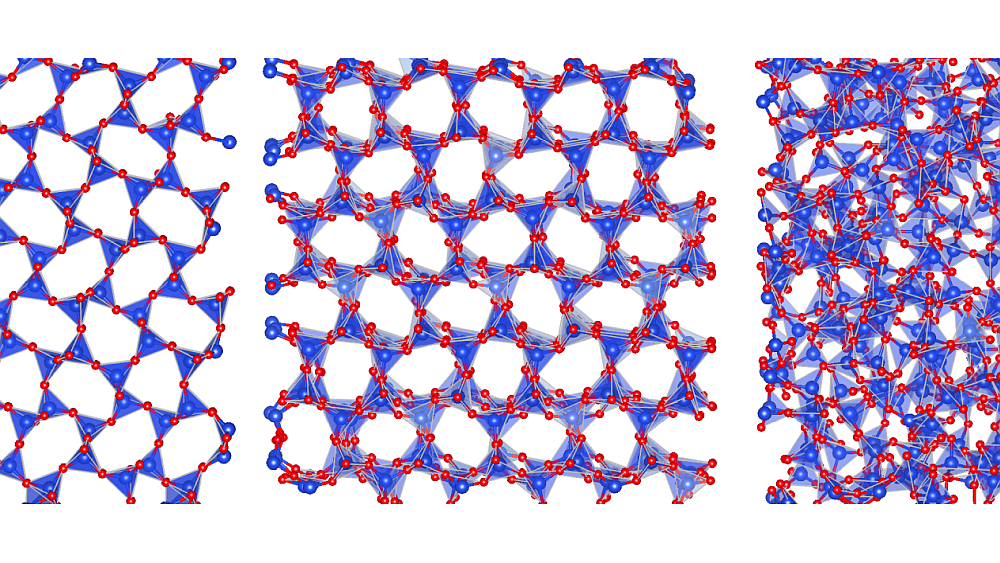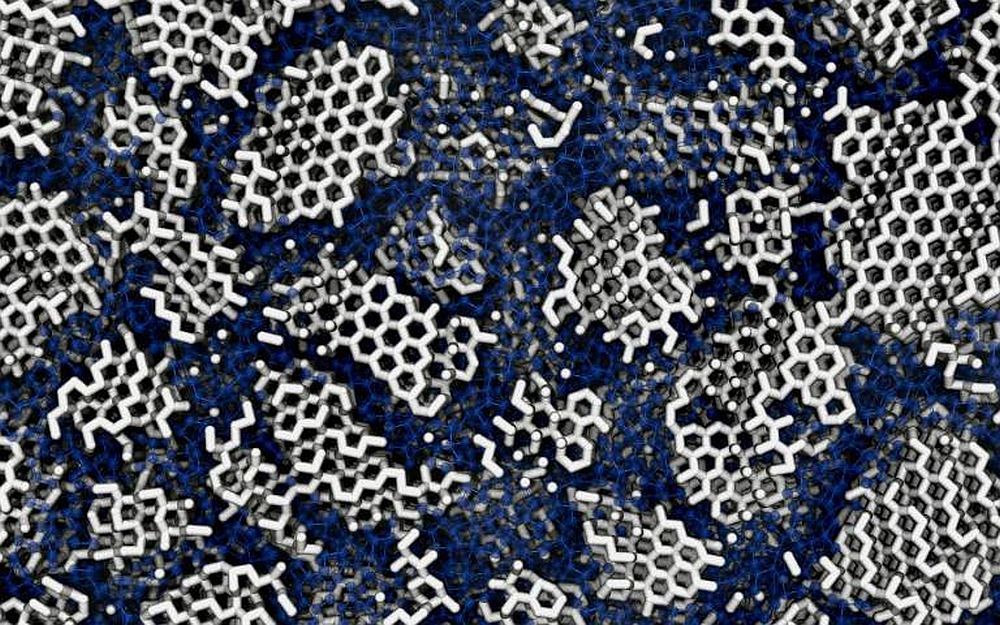It’s not often that the latest issue of the Journal of the American Ceramic Society to hit the newsstands ties in with current events, but the August issue does.
Yesterday DARPA conducted its second test flight of a hypersonic vehicle and, unfortunately, lost communication with the flight nine minutes into the test. The vehicle is presumed to have plummeted into the Pacific Ocean (no big deal; the ocean was always the vehicle’s planned destination.) But, losing contact with the vehicle means flight engineers were unable to collect much of the data they were hoping for, especially for the later stages of the flight plan. The goal of the DARPA program is an aircraft that can reach any point in the world within one hour.
DARPA has identified three key technical challenges to hypersonic flight: aerodnamics, aerothermal effects and guidance, navigation and control. And, that is where the Journal comes in.
Hypersonic vehicles travel at speeds of 13,000 miles per hour (Mach 20) and experience surface temperatures over 1900°C. The leading edges of these vehicles must be made of materials that can withstand the extreme environment and protect the functional innards of the vehicle from melting (delicate stuff like the guidance and communications systems).
Ultra-high-temperature ceramic composite materials are likely candidates to meet the service requirements. For the vehicle’s leading edges, researchers are looking at borides, especially HfB2 and ZrB2. Transition metal borides have typical ceramic mechanical properties and brittle fracture behavior, but exhibit metal-like electrical and thermal properties.
These are difficult materials to consolidate. The conventional approach of hot pressing is not easy because of the high hardness of the powders and their very high melting points. Additives like SiC and B4C are under investigation, but very high temperatures and pressures still are needed. Therefore, researchers have been investigating high energy sintering methods such as spark plasma sintering and laser sintering.
Two papers in the August issue of JACerS report on the properties of UHTCs fabricated by these two high-energy methods. Zhang, et.al. (doi: 10.1111/j.1551-2916.2011.04411.x) studied the thermal and electrical transport properties of polycrystalline HfB2 and ZrB2 ceramics in the temperature range of 570-975°C fabricated by SPS. In the work, they measured select thermal and electrical properties to evaluate the electron and phonon contributions to thermal transport.
Nine UHTC formulations were studied-seven HfB2 based and two ZrB2 based-and samples were made with and without additives. Both diborides were made with SiC additives, and the hafnium base compositions were also made with elemental additives including iridium, hafnium and boron.
They measured thermal diffusivity, electrical resistivity and Hall coefficient. From these property data they calculated thermal conductivity, bulk carrier density and Hall mobility. The electrical conductivities for the SPS diboride materials were higher than values reported in the literature for comparable hot-pressed materials. They report thermal conductivities in the upper range of values usually reported for pure diborides and the diboride-SiC composites, but the thermal conductivity of all compositions decreased with increasing temperature.
The paper notes, “The low electrical resistivity and the relatively high carrier density and Hall mobility of these diboride-based materials imply that the electronic transport contributes substantially to heat transport,” which they confirmed with a Wiedemann-Franz analysis.
For the hafnium diborides, the largest diboride family they studied, the researchers correlated variations in thermal and electrical conductivities to variations in porosity and grain boundary areas per volume. They also observed that small changes in the HfB2 stoichiometry (boron ranging from 1.9 to 2.1) led to increases in thermal and electrical conductivities proportional to boron content. Because the microstructures of these compositions are so similar, the finding merits further research to discover the reason for the composition effect.
The second paper in the August issue of JACerS was by Sun, et. al. (doi: 10.1111/j.1551-2916.2011.04457.x) This paper reports on the thermophysical properties of Zr-ZrB2 cermets fabricated by laser sintering. Laser sintering may offer the advantage of layer-by-layer processing for freeform fabrication of components. However, proper structure formation can be tricky because of technical challenges like thermal shock of the component during fabrication.
Three cermet compositions were studied: 30Zr- 50Zr- and 70Zr-ZrB2. The temperature dependences of thermal expansion, heat capacity, thermal diffusivity and thermal conductivity were measured. Thermal diffusivity and thermal conductivity of the 30Zr-ZrB2 were slightly lower than pure hot-pressed ZrB2 because of the formation of a small amount of ZrO2, however, values were still considered to be in a range that was useful for high temperature applications requiring good thermal conductivity.
The heat capacity and thermal conductivity and diffusivity decreased with increasing zirconium content because the lower values of those properties for zirconium. The coefficient of thermal expansion values were found to be sensitive to ZrO2 content. ZrO2 undergoes an order-disorder transformation between 900-950°C, which causes a sharp increase in heat capacity for the 50Zr- and 70Zr-ZrB2 compositions. The measurable effects of ZrO2 on thermophysical properties indicates that extreme care must be taken to minimize oxygen exposure when sintering Zr-ZrB2 cermets.
Over the last few weeks the work of several ACerS members on hypersonic vehicles has come to my attention.
From Teledyne in California, David Marshall is leading the AFOSR/NASA funded National Hypersonic Science Center for Materials and Structures. Marshall will be awarded the Distinguished Life Member award at the ACerS banquet at MS&T’11 in recognition of his many contributions to the advancement of ceramic science. Bill Fahrenholtz, professor at Missouri S&T and a director of the Society, is working on understanding the role of B4C additivies on the densification of HfB2 and ZrB2, and Beth Opila, associate professor at the University of Virginia, is studying degradation mechanisms of materials in the extreme environments hypersonic flight. Opila’s UVA work builds on her 19 years as a NASA Glenn researcher studying degradation of flight materials. Both Opila and Fahrenholtz receive funding from the Teledyne-run National Hypersonic Science Center for Materials and Structures.
Author
Eileen De Guire
CTT Categories
- Aeronautics & Space
- Material Innovations
- Refractories
- Transportation


